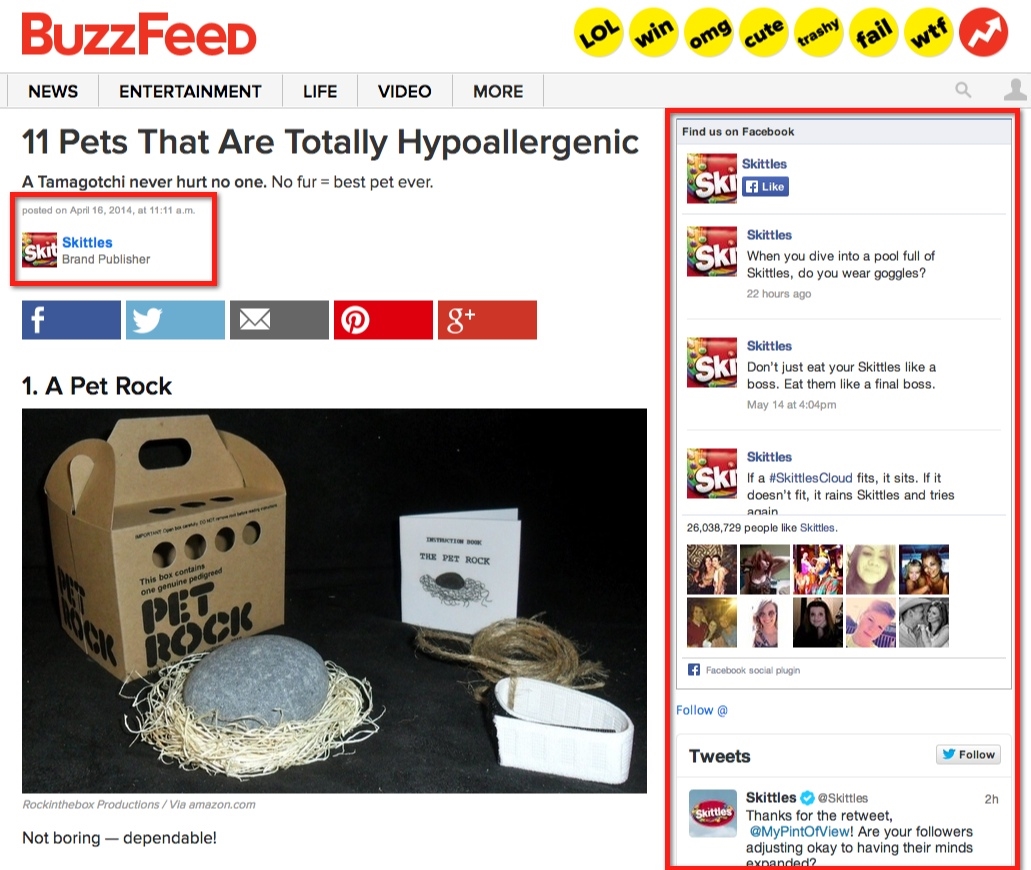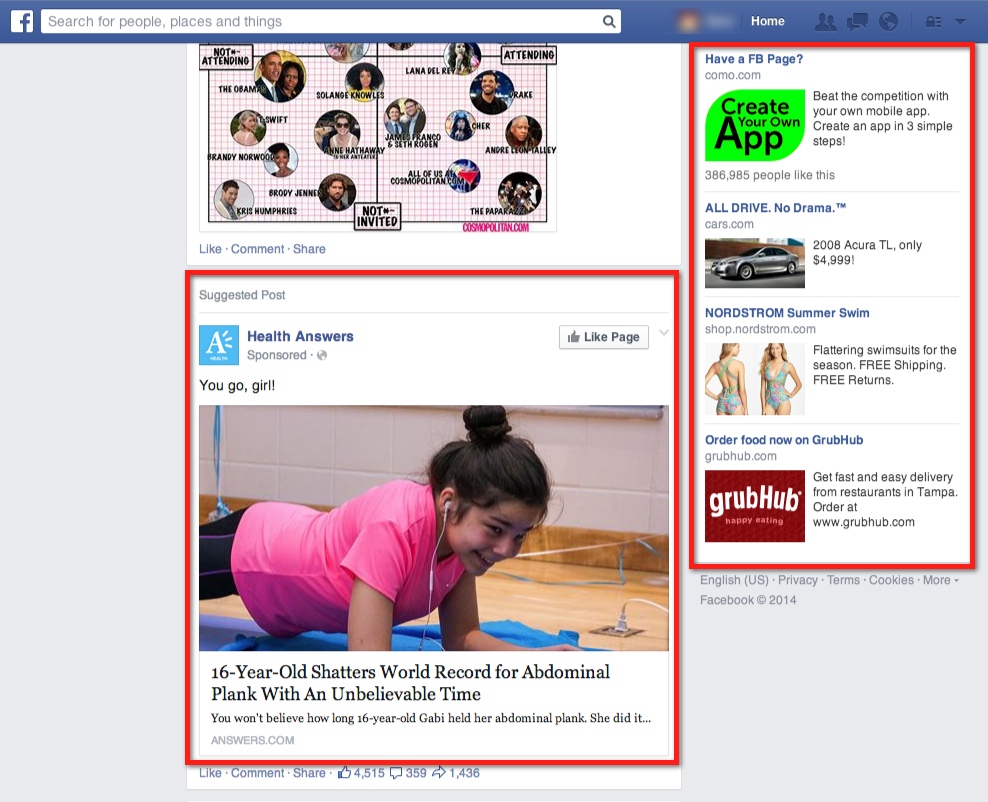The creative and innovative minds here at Atlantic Health Solutions are consistently searching for ways to transform the health care industry, growing to improve every aspect of care for patients and the providers we work with across the country. We pride ourselves on being the minds at the forefront of industry changes and that often means taking the road less traveled in health care. The newest hot topic on the minds of the leaders in healthcare is population health management.
It’s believed that the improvement of the world’s health will lead to lower health care costs and spending but more importantly, healthier and happier lifestyles.
Elise Gould, the Directory of Health Policy Research at The Economic Policy Institute, reported that a whopping 80% of health dollars are spent by just 19% of health consumers. This essentially means then, that by targeting healthy patients to take actions to cut their costs is ineffective because we aren’t focusing on those who are responsible for the high spending. It seems that by improving upon modifiable risk factors in that pool of patients, we could save the U.S. billions of dollars. In fact, in 2011, the Institute of Medicine conducted a study, which showed that in 2009, $765 billion of health care expenditures were spent on things that could have been prevented.
According to a study by Deloitte, the uninsured are half as likely as the insured to go see a doctor for a routine check-up and 9 out of 10 consumers would classify themselves as being in good health but more than half of those patients ended up being diagnosed with one or more chronic conditions in 2010. What this study proves is that patients are, for the most part, unaware of their health conditions until it is too late, leading them to be responsible for high cost care when they could have just opted for lower cost preventative measures.
The new HABIT program, brought to you by Indaba Health & Wellness, solves the problem of health awareness and more. It is an interactive, online health management tool. Users take a health risk and DISCflex behavior assessment to create a customized behavior modification plan to become healthier. People can set goals and objectives for themselves and participate in targeted eLearning programs to become more aware of their personal risk factors.
Full behavior modification is a cycle of awareness, analysis, learning, goal setting, monitoring and achievement; HABIT makes it all possible and focuses on lowering risk pools and targeting chronic disease prevention. Patients that use HABIT can take their health into their own hands.
Having this interactive tool as a resource for your patients also keeps your organization compliant with sections 4103-4108 of the Affordable Care Act, which discusses new compliance and billing requirements. The program tracks members’ annual wellness visits and includes digital timestamps, which is key for ACA compliance records. The HABIT eMessaging then pushes out timely notifications to patients and providers to remind them of upcoming visits and steps they can take to become healthier like developing an exercise routine or remembering the monitor their cholesterol levels.
HABIT isn’t just a great program for health care providers. It has also revolutionized the way insurance groups, commercial insurance brokers and PEOs manage their members and helps corporate wellness groups motivate, monitor and incentivize their employees.
Want to give it a whirl yourself? Email marketing@atlantic-hs.com to get your free access login!











